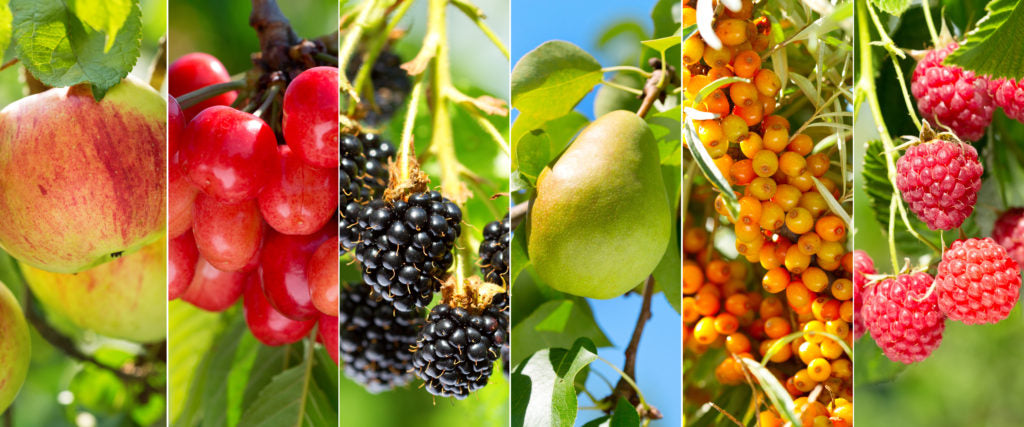
Planting your fruit trees -- the right way
If fruit trees are taken care of correctly, they are very rewarding. The fruit they produce tastes better than store bought fruit. It also tends to carry more nutrients!
Planting your fruit tree correctly can have a big impact on its growth. Here are some general rules for planting fruit trees.
Where to plant
1.Sunlight Make sure your fruit trees are in an area where they will receive lots of sun (at least 6 hours a day) during growing season. Plant in an area where your trees won’t experience too much shade. The trees’ sunlight shouldn’t be blocked by buildings or other large obstacles. However, if you live in a hot, desert-like area where temperatures reach above 110 degrees, you will want your tree to have shade at some point of the day.

2. Space Spacing will depend on how big you want your trees. If you want larger trees, each of them will need plenty of space. Plant your trees around 10-15 feet apart and give them lots of room away from sidewalks and buildings (at least 3 feet for sidewalks, and at least 6 for buildings). If your space is limited, or if you want smaller trees, you can plant them as close as 18 inches apart. Keep in mind that smaller trees will be easier to maintain, and that bigger trees will produce more fruit. Again, it depends on your preference and how much space you have.
Planting a tree
1. Test drainage You’ll want to test the drainage in the area where you’re planting to make sure that your tree won’t be trapped with excess water. To do this, dig a hole about a foot deep and fill it with water. If after 3 to 4 hours it is gone, fill it again. If it isn’t gone, this is not a good place to plant your tree! You either should not plant there at all, get a French Drain, or build a berm, mound, or raised bed. Using a drinking safe water hose is an equally important consideration in watering your fruit trees. No one wants harmful chemicals passed from the hose they are using to the fruit they will be eating.
2. Digging the hole The hole you dig should be a little deeper than the root’s height. The width should be big enough so that the roots don’t bend when you place the tree in the hole. Your tree should be planted at the same height it was in the nursery. You can tell where the “nursery line” is by the change of bark color on the trunk. Keep this in mind while you dig the hole to plant the tree. Also, loosen the inside of the hole so that it is easier for the roots to penetrate the soil.
3. Planting Now it’s time to plant! Backfill the hole (you can use native soil or soil that is slightly amended) until it is at the right height for the tree. Make sure that your tree’s dead, broken, or unwanted roots have been pruned off. Then place the tree in the hole, position it (while spreading the roots), and refill the hole. While refilling the hole, be sure to fill and press soil around the roots of the tree. Water the tree completely if your soil is fast-draining. If your soil drains a little more slowly, water lightly at different times over the next few days. You typically don’t need to worry about watering after that until you’ve seen a little growth!
We hope you learned a little more about how to plant your fruit trees! Comment below if you have anything to add.
Follow us on Facebook for updates on our products, blog posts, and more!
